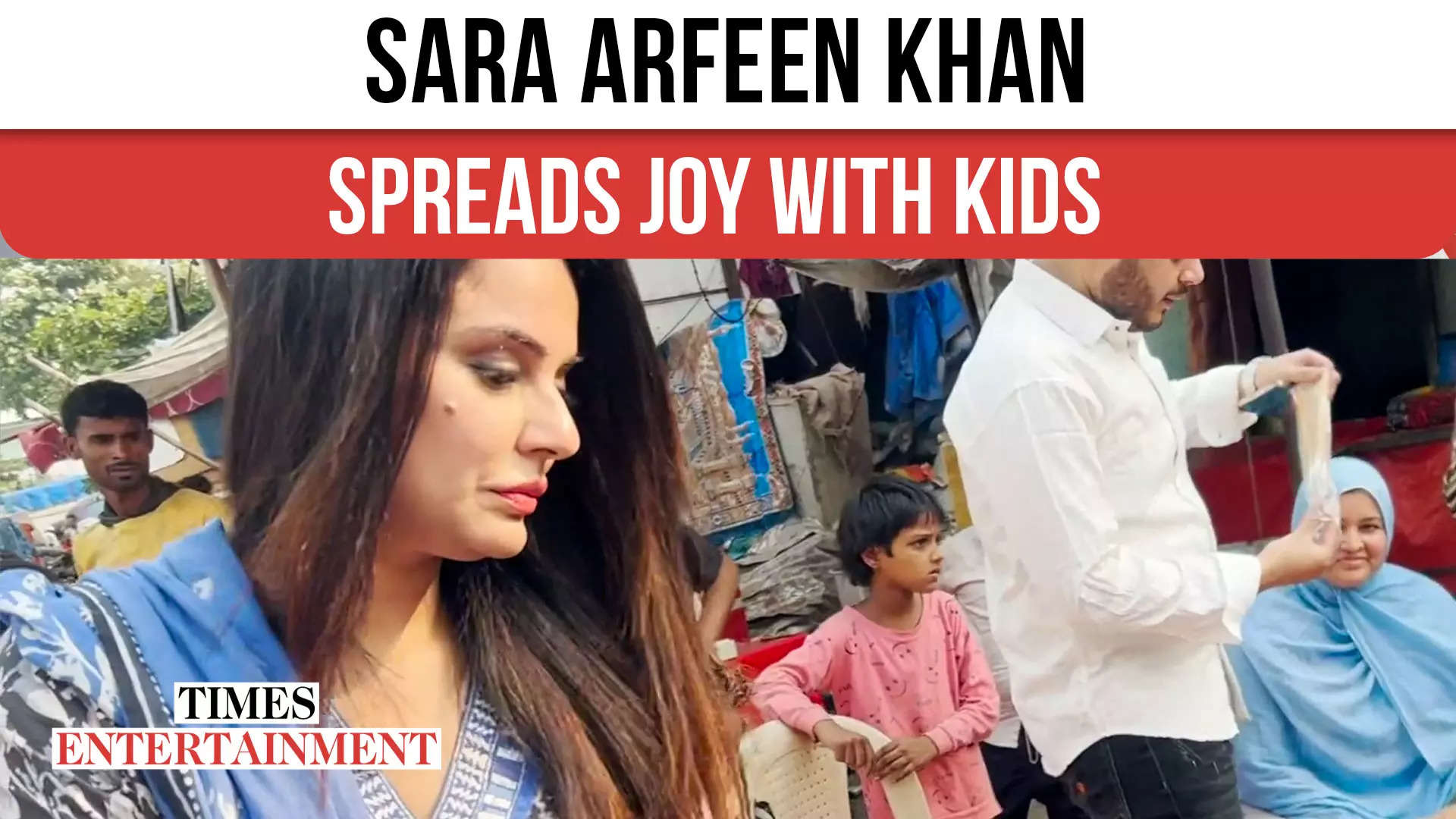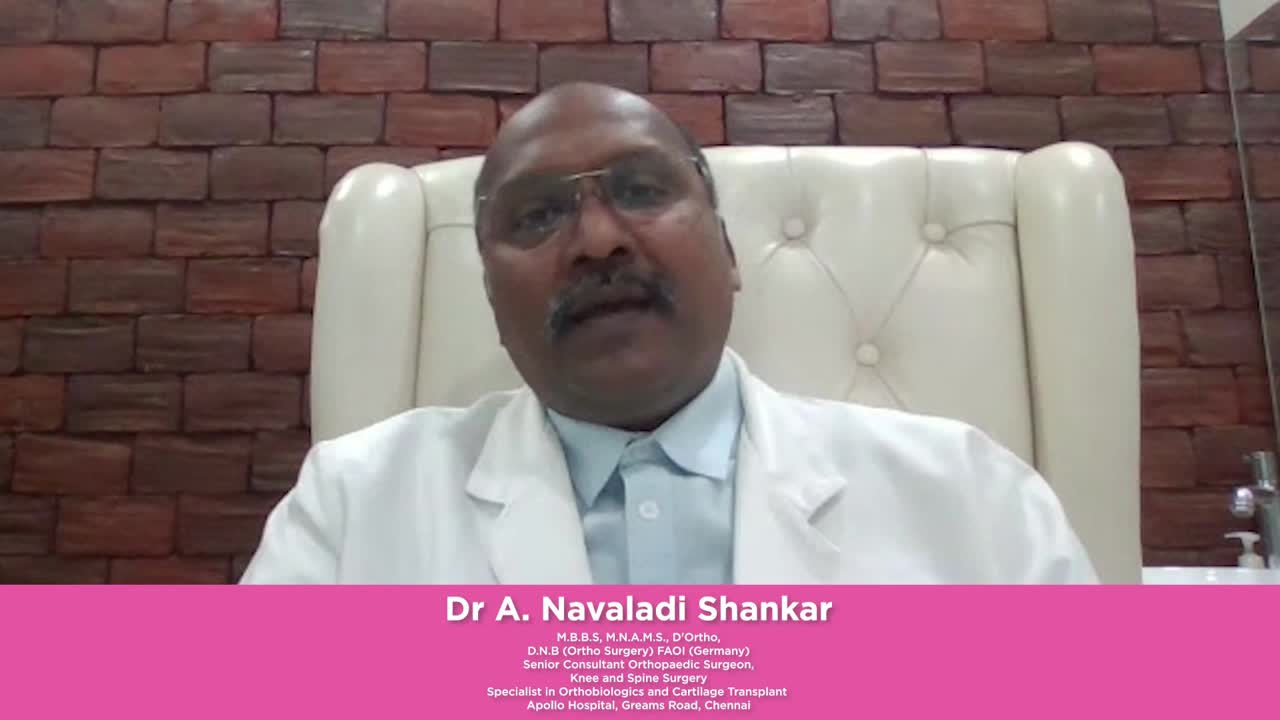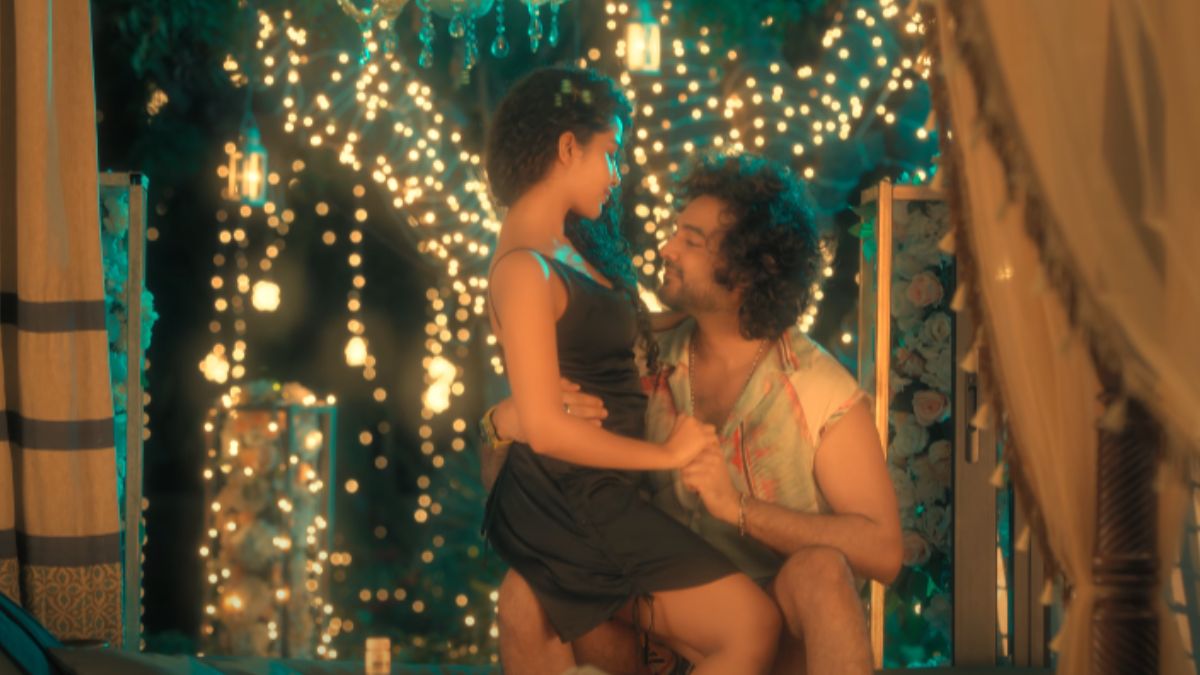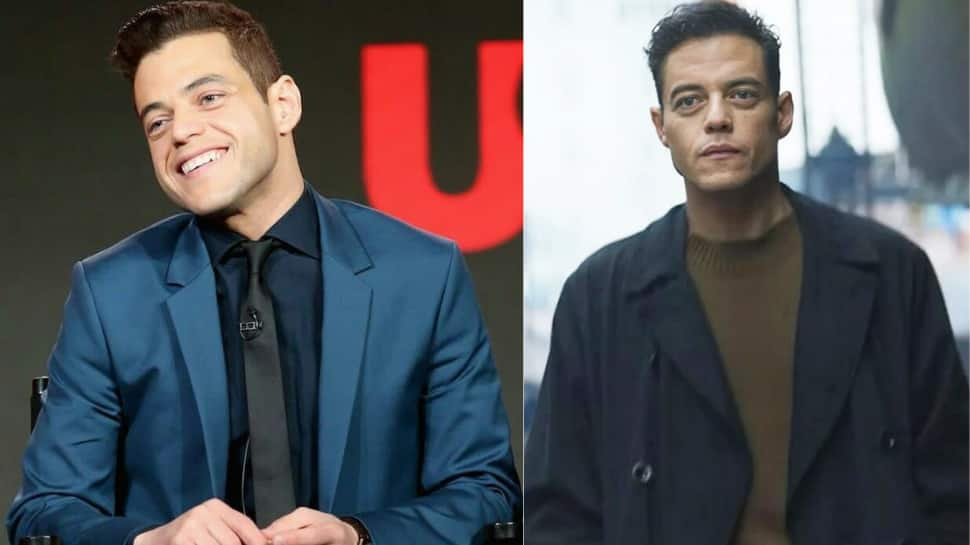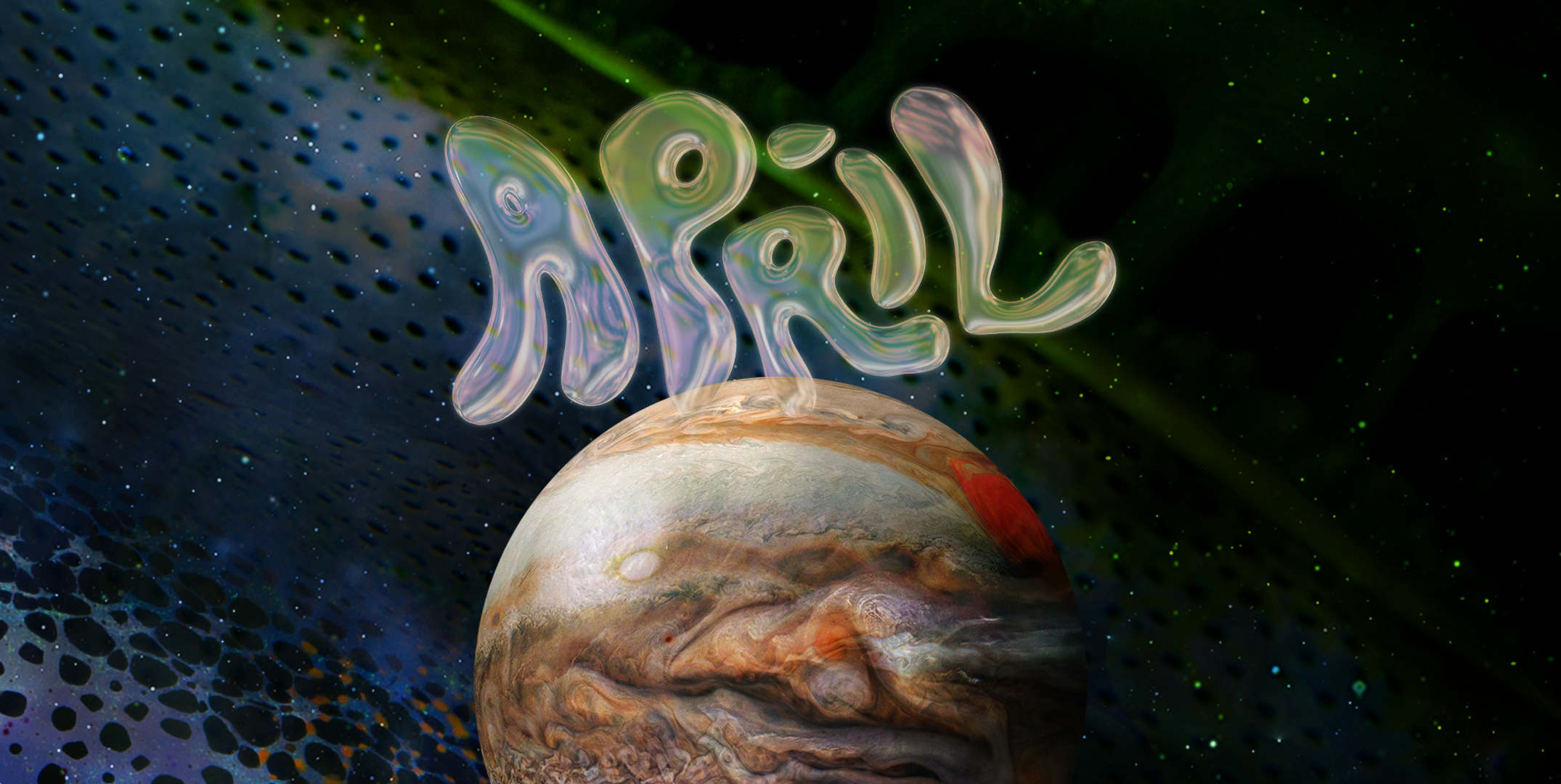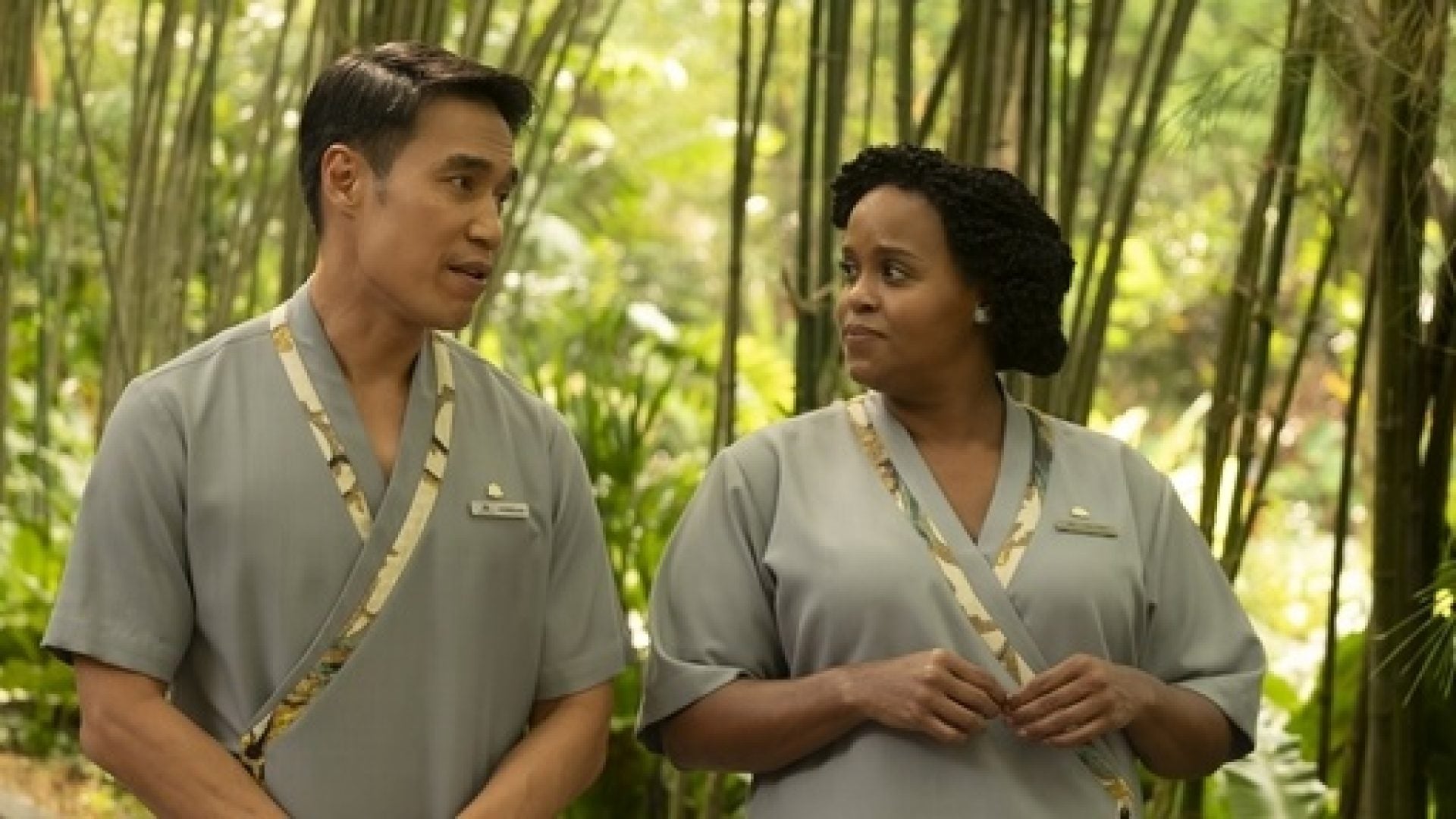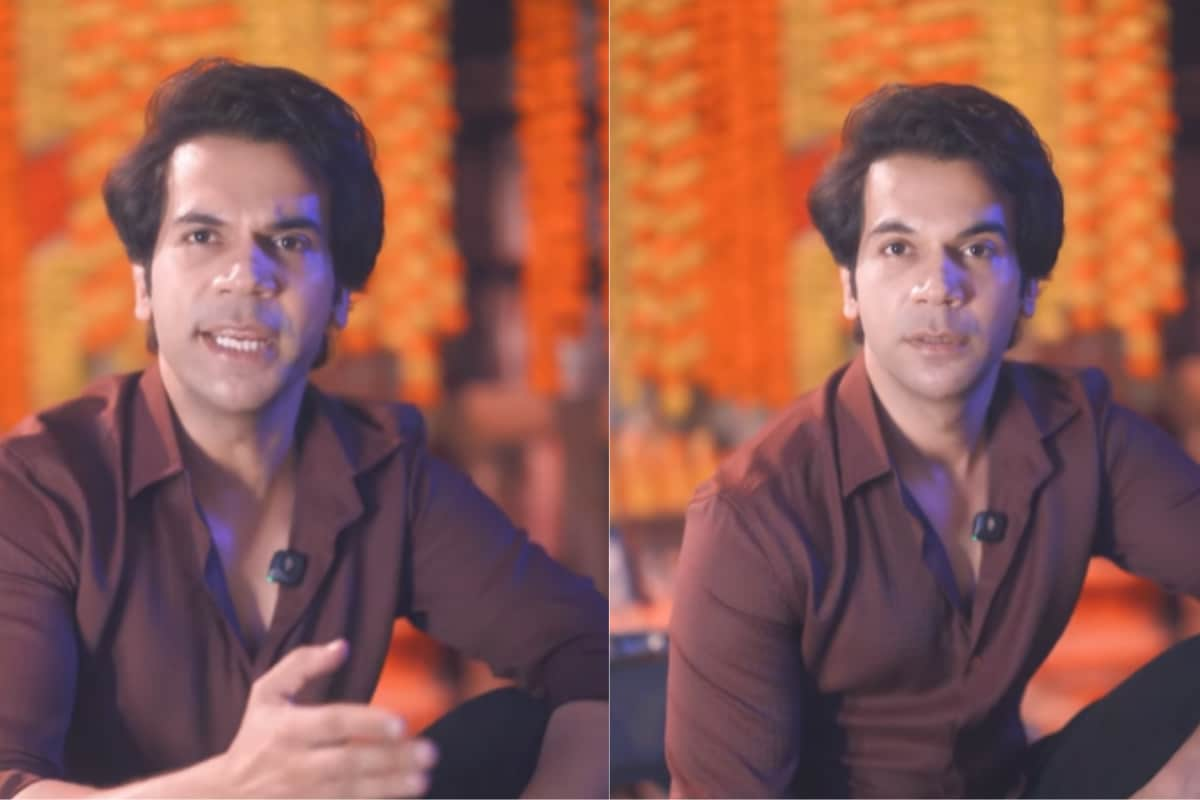
In the three decades since Selena Quintanilla-Pérez’s death, her story has been told in a variety of formats, from a podcast to a limited TV series and children’s book . Yet few have remained as culturally significant as the 1997 biopic, “Selena.” Yielding quotable phrases like “Anything for Selenas,” or relatable scenes depicting her family’s fraught relationship with their hybrid Mexican American identity, “Selena” continues to stand the test of time — and remains one of the few cinematic depictions of the pop star approved by her family.
Not long after Selena’s murder, her relatives tapped the Oscar-nominated filmmaker Gregory Nava , who previously told immigrant stories in 1983’s “ El Norte ,” as well as his 1995 movie, “Mi Familia.” The latter followed a Mexican American family in Los Angeles with a full Latino cast, including Edward James Olmos, Constance Marie, Jacob Vargas and one blooming Jennifer Lopez. “Selena’s family felt very strongly that only a Latino filmmaker would be able to understand the culture, her ethos and the world she came from,” says Nava.

With financial backing and distribution from Warner Bros., Nava penned and directed the film in Texas. He interviewed family members and close friends of the singer, who by the age of 23, had captivated audiences across the diaspora with her vocals and captivating stage presence.
“She was such a brilliant light,” says Nava. “It was really tragic when she left us, but I feel that her spirit is still with us.” “Selena” grossed over $35 million upon its release — and Lopez’s performance as the “Como la Flor” singer earned her a best actress nomination at the 55th annual Golden Globe Awards.
De Los spoke to Nava about the enduring significance of his film, 30 years after the superstar’s death. The following has been edited and shortened for clarity. Walk me through those first moments when you were approached about directing the “Selena” film.
I had a film, “Mi Familia,” which was a tremendous hit after [Selena died]. I think A.B.
Quintanilla watched it with his family and went, “This is what we want in our Selena film.” I made a deal with Moctesuma Esparza and they reached out to me to write and direct the film. A lot of people advised me to not do it.
They said, “You’re a very serious filmmaker and this is hot, popular. This is a movie for TV and it’s not a good career move for you.” But I was very taken by her story.
I was living in Venice in L.A. at the time and I was walking and thinking about doing the movie, and I came across two young Latinas wearing Selena T-shirts.
I asked them, “Why do you love Selena?” And they looked at me and said, “Because she looks like us.” I realized our young women, our community, we don’t have images on the screen that look like us. And that means the world to see yourself on the screen.
I thought, “I’m gonna make this film for those young girls.” Were there any moments when you butted heads with Selena’s family? I would not give them script approval. For me, as a filmmaker, I wanted to really tell a true story.
I had conflict, not really with the family, but with Abraham. Her father was very protective of her. When I sat down with Chris Perez, he asked, “Do you want me to tell you what really happened? Or do you want to know what Abraham wants you to know?” I said, “I don’t care about what Abraham wants.
I want to know what happened.” Chris goes, “The truth is that it wasn’t my idea to elope. It was Selena’s idea to elope.
” Now that’s the scene that you see in the movie. When Abraham read the script, he really got upset because up until that time, he thought that it was Chris’ idea to elope and that Chris had corrupted his beautiful daughter. So he calls me into his office and shuts the door, and we had a scene that lasted many hours.
We were going through this and the whole script, but specifically this moment. He said, “You can’t do this, Greg..
. You can’t put on the screen that it’s right for a young girl to disobey her father.” I said: “Isn’t it a more important point to make that she is doing what she knows is right? And [that] she’s doing the right thing because she knows she loves Chris and Chris loves her?” You should see these love letters that she wrote to him.
What did the love letters entail? She really loved him. She knew the only way they could be together is if she disobeyed her father, but in a sense, it would be healing the whole family. When a young woman has to find her independence, that’s always going to entail a struggle, right? So I said [to Abraham], “Isn’t it more important for our young women to find their own selves?” He goes, “OK, Greg.
I guess if I have to look bad to make Selena look good, I’ll do it.” He has a soft heart and he finally saw that that was the right thing to do, but it took hours of heated discussion. Filming took place shortly after Selena had passed away.
Were there any challenges you encountered because of that? Yes. Because of the sensational nature of her death with the president of her fan club shooting her..
. I mean, people sneaked into the mortuary and took pictures of Selena’s dead body and had put it out on the internet. It was getting out of hand.
Abraham felt that they needed to make a movie quickly in order to solidify Selena’s legacy. I pitched this film to various studios. I have to give a shout-out to Bill Gerber, who was president of Warner Bros.
at the time, and he came from a musical background. He was instrumental in us getting this done. The studio decided to release the movie on the second anniversary of her passing.
That’s really fast to get a movie out. They basically greenlit the movie without a script. It was a very bold and courageous thing for the studio to do.
It can take eight months to a year to do post-production and mixing the whole thing; from the last day of principal photography to when [“Selena”] opened in theaters, I had 12 weeks. Back then the movie was released on film, and they had to strike 2,000 prints. We didn’t sleep for 12 weeks in order to get that film out into theaters.
It was a herculean task. How did the public react? When we previewed the movie, it got a [score of] 97. [We’d] never seen a preview like this.
Both Latino and non-Latino people loved it. The actors really channeled those characters. It was embraced from the very beginning because it was healing.
And people needed to heal from this. What role do you think that the film had in shaping the image of Selena after her death? Abraham was very wise in pushing it through quickly. Selena brought us all together, and it cemented her legacy in a positive way.
All the negativity was dispelled by that movie. You see that in the film and you feel it. Jennifer Lopez was really key to the process of bringing her light to the screen.
You gotta have an actor who can bring it. [Lopez] lived with the family, studied videos of Selena [performing] and worked hard to capture her heart and soul. What are your thoughts on the various Selena media that do exist and haven’t been approved by the family? There are a lot of documentaries that aren’t from the family, that are sensationalized — thankfully the power and the reputation of the movie has superseded all of those things.
I was talking to Chris Perez recently and he said, “[The ‘Selena’] movie, that’s the bible.” Why was it important to film in Texas? Because that’s where the story takes place! Selena is Texas, Texas is Selena. I knew we’d get the Tejano community’s support if we did the movie there.
I wanted to start with this big scene, but we didn’t have any money for extras. We shot the [Houston Astrodome scene] at the Alamodome in San Antonio. We put an ad in the newspaper: “Come dressed as you would come to a Selena concert.
” We didn’t know if anybody would show up or not, [but] 35,000 people came. When you see that opening scene of the movie, that’s all real people. There’s no CGI.
What would you say is your favorite “Selena” scene? I love the more tender scenes that are very human and very emotional. I think the scene where she tells Chris that they gotta elope is a great scene. Another thing that I love in the movie is the little kids when they don’t wanna practice.
[Or] when the two sisters are on the roof looking up at the moon and dreaming about performing. Have you seen the new Selena documentary, “Selena y Los Dinos”? I thought it was wonderful. You really get a chance to see the real Selena in all these home videos, talking and reacting with Chris and reacting with her family and stuff.
That woman is just so bright and so charming. What impact would you say Selena Quintanilla-Pérez’s journey continues to have on future generations? Selena’s an example of somebody who did overcome one obstacle after another, after another, and she did it all with joy, enthusiasm. Here’s this young woman who became the biggest star in the Tejano music world, and to this day, she’s the No.
1 star in the genre. But people don’t realize what an achievement that was in a world [dominated by] machismo. And then she [broke into the] American pop music mainstream [with] those English language songs that she did, “Dreaming of You” and “I Could Fall in Love” She conquered that and became No.
1 as a Mexican American in Mexico. I was just down there at a film festival, and they have Selena events at all these festivals where everybody goes and they dance to Selena’s music. Everybody still listens to Selena, because the music is timeless.
Thirty years from now, they’ll still be playing [her songs]. Her light shines brighter now than ever..




